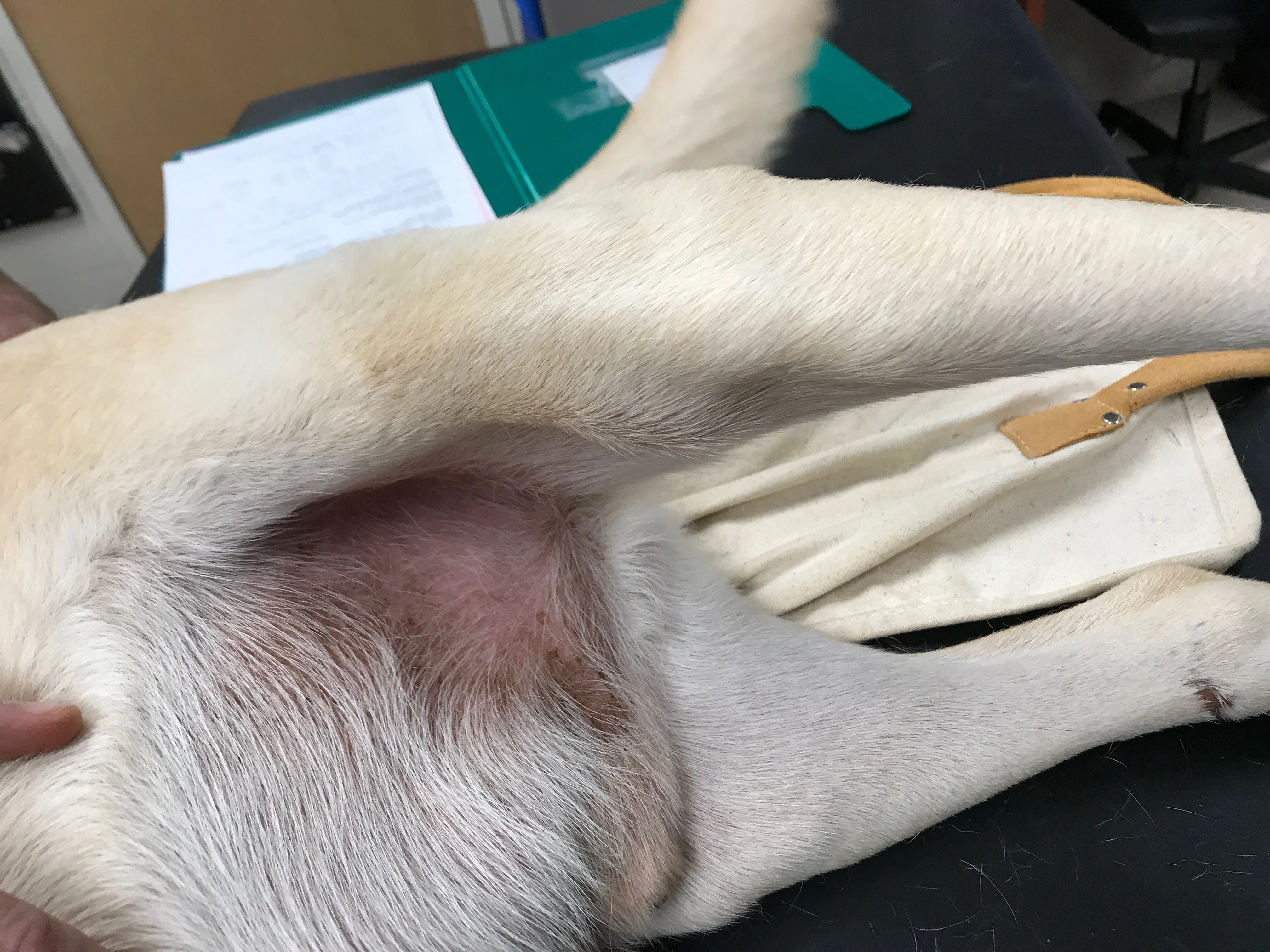
Source
McDonald DJ, Nakahara N, Gal A, Mitchell RAS. Medial joint line tenderness is an indicator for meniscal injuries in dogs. Vet Rec. 2024:e4841. doi:10.1002/vetr.4841
Research Note
Meniscal tears often accompany cranial cruciate ligament (CCL) disease, most commonly on the medial side. Failure to identify and treat concurrent medial meniscal injuries during surgical treatment of CCL disease often results in persistent lameness and suboptimal outcomes; however, diagnosis can be challenging. Presence of a meniscal click is highly specific for meniscal tears but is poorly sensitive. Advanced imaging techniques can also be useful but have limitations (eg, cost, accessibility).
This prospective study evaluated the utility of joint line tenderness (an easily performed, highly specific, subjective qualitative test used in humans) for identifying meniscal injury in dogs (n = 91) with CCL disease prior to surgery. Palpation using moderate pressure was performed directly caudal to the medial collateral ligament, with the affected limb at a standing angle while the patient was standing or in lateral recumbency. Presence or absence of meniscal injury was confirmed during surgical examination.
A significant relationship was noted between meniscal injury and medial joint line tenderness, with a positive predictive value of 0.94 and 34.5 times greater odds for tear when pain was present on joint line palpation.
You are reading Research Notes, a research summary resource presented by Clinician's Brief. Clinician's Brief does not conduct primary research.